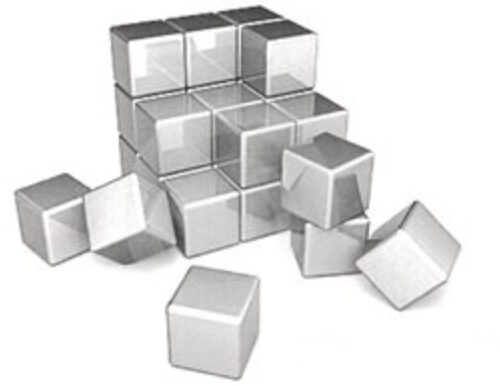Extended V-Model
The graphic shows an extended cGMP(1) V-Model. The commonly known V-Model typically starts with User Requirements Specifications (URS) and concludes with Performance Qualification (PQ). This extended V-Model begins with Product Specifications and Process Requirements and transitions into Continuous Process Validation.

In this extended cGMP validation model, systems qualification is integrated with Project Management and Asset Life Cycle Management. Conceptually, this model allows procedural alignment of elements from systems qualification with Project Management and Asset Life Cycle protocols.
Project Management is split up in 5 phases; Plan, Design, Build & Test, Operate & Maintain, and finally Retire. Procedures for each of the phases can detail documents and protocols to cover the process comprehensively.

This Asset Life Cycle model is a basic model. For any Asset, before you can deploy it in a cGMP environment, it’s “life” starts with qualification. Of course, before qualification commences commissioning typically takes place but usually is not part of formal cGMP. After release, an Asset is operated and after a period of operating, the Asset is (re-)calibrated, inspected and usually as a consequence maintained. Occasionally a modification is performed. The Asset is again operated and this can be seen as the recurring cycle. Before an Asset is decommissioned it needs to be retired from the cGMP environment. All of those elements from the Asset Life Cycle fits in the last two modules in the extended V-Model.
Every Quality Management System for the cGMP environment has procedures for all the extended V-Model steps, for the Asset Life Cycle Management and each of the five modules of this Project Management Concept. More often than not, these are covered in separate and un-associated policies and procedures. As can be seen from this representation, the commonality is there and can be covered in single policies and procedures.

Maintenance can be a very generic term but equally very specific when covering a focused activity. Calibration is covered in preventive maintenance, as are inspections and is the opposite of corrective maintenance. Condition Monitoring is part of predictive maintenance, too. To determine the condition of an Asset, many techniques and measure are at our disposal. Nowadays, with the Internet of Things [IoT] and Industry 4.0, Condition Monitoring data help build knowledge to grow in Prescriptive Maintenance.
Calibration is generally recognized as part of Maintenance, Inspections typically are, too. Inspections are recurring, non-interruptive, non-invasive actions to check if a system exists in its original operating boundaries. Calibration is the recurring action to verify if an instrument is operating in its original operating range and appropriately adjusts back into the agreed range. Maintenance is the recurring action to keep a system within its operating window. Centerlining is the continuous attention and activity to maintain a system in a predefined narrow range around the centerline as specified in the design.
Maintenance and Validation can be seen as the glue in the Asset Life Cycle. The cycle detailed in five distinct steps founded on Quality Risk Management and Good Engineering Practices. In the regulatory landscape, we operate in it is good to recognize and realize those interdependencies as they are the opportunities for effective and efficient processes, otherwise known as LEAN.
(1) the Extended V-Model is aligned more with the contemporary regulatory concept of Continuous Process Validation as is being promoted by the FDA.
